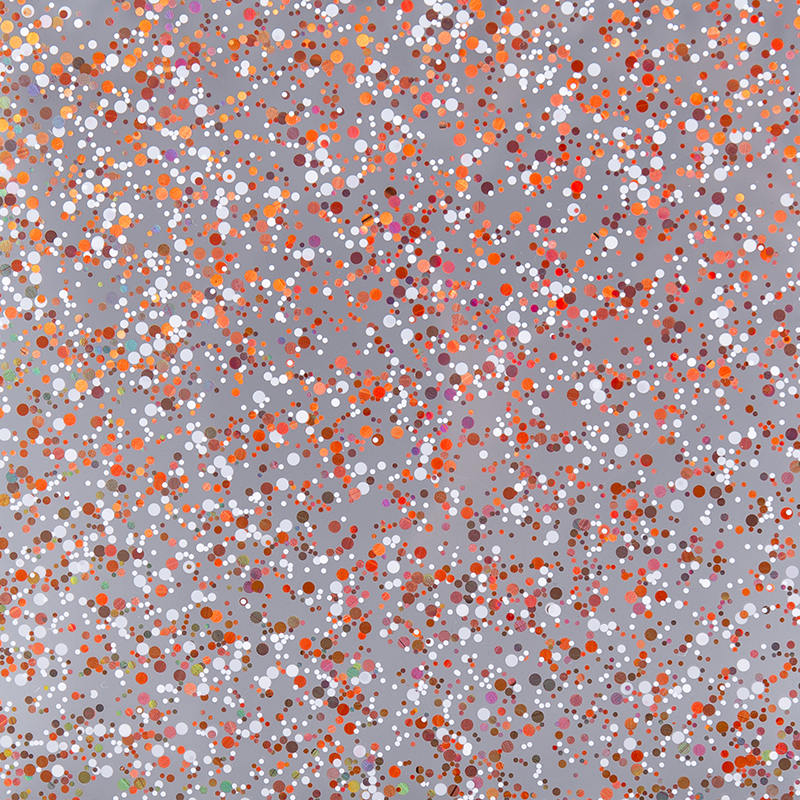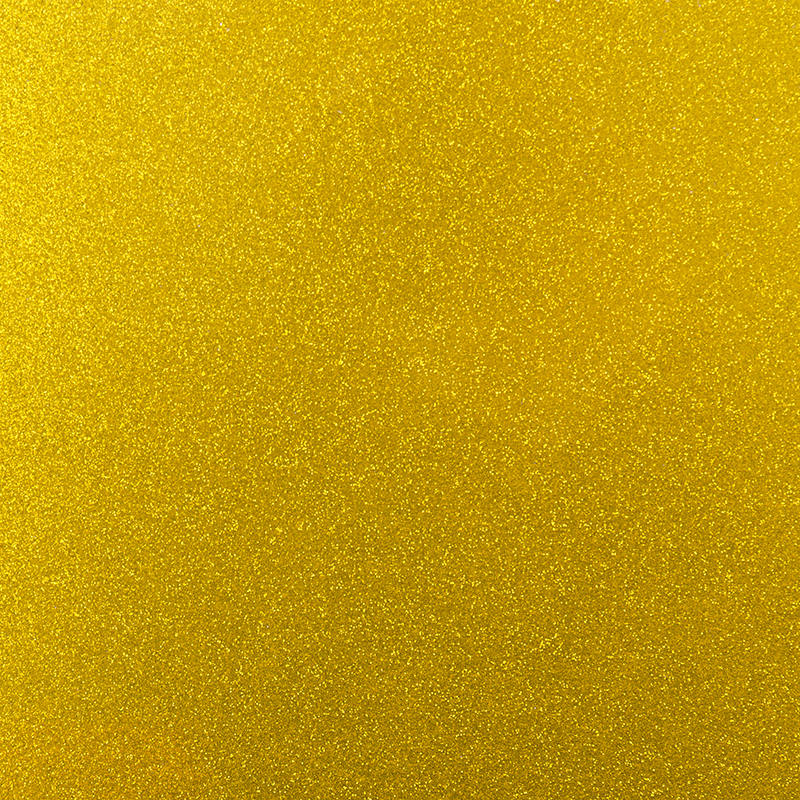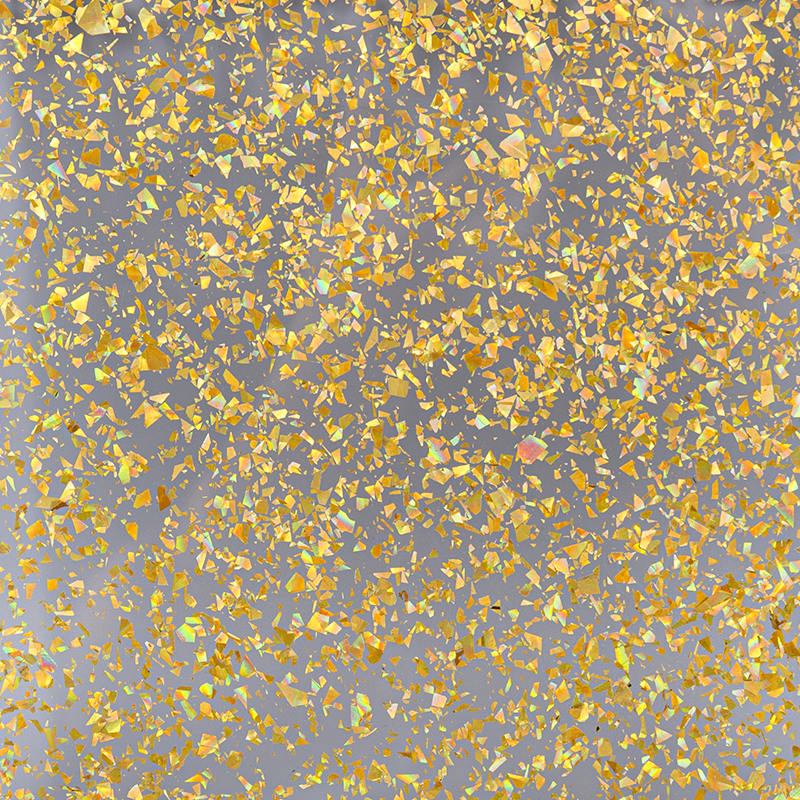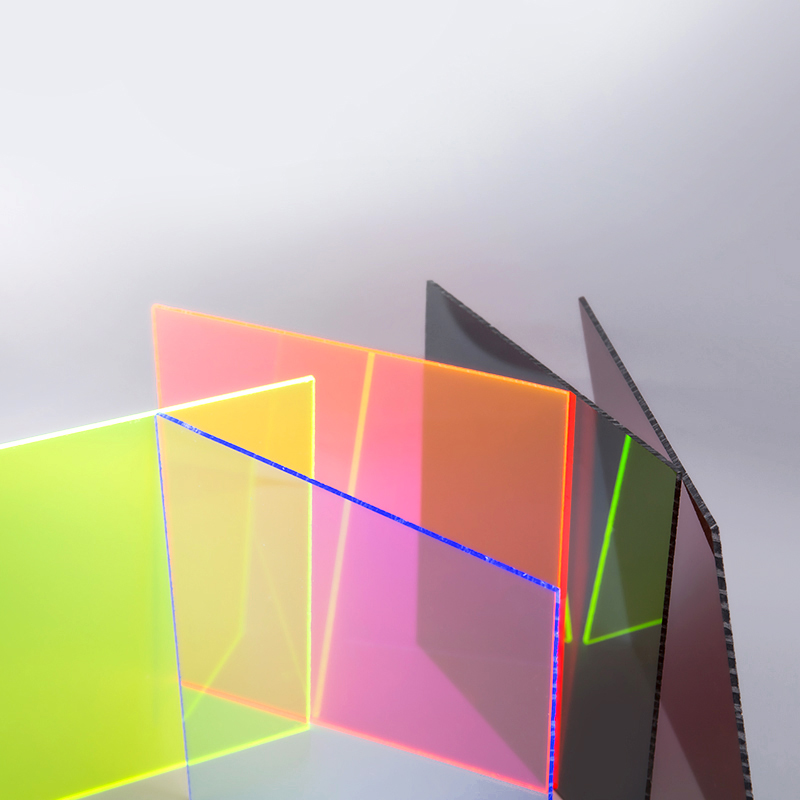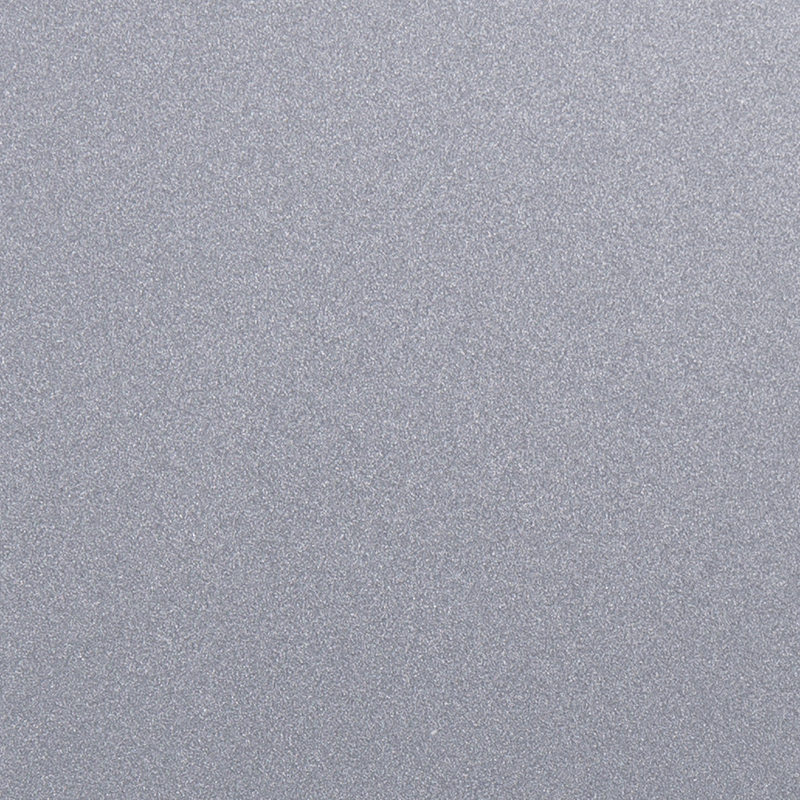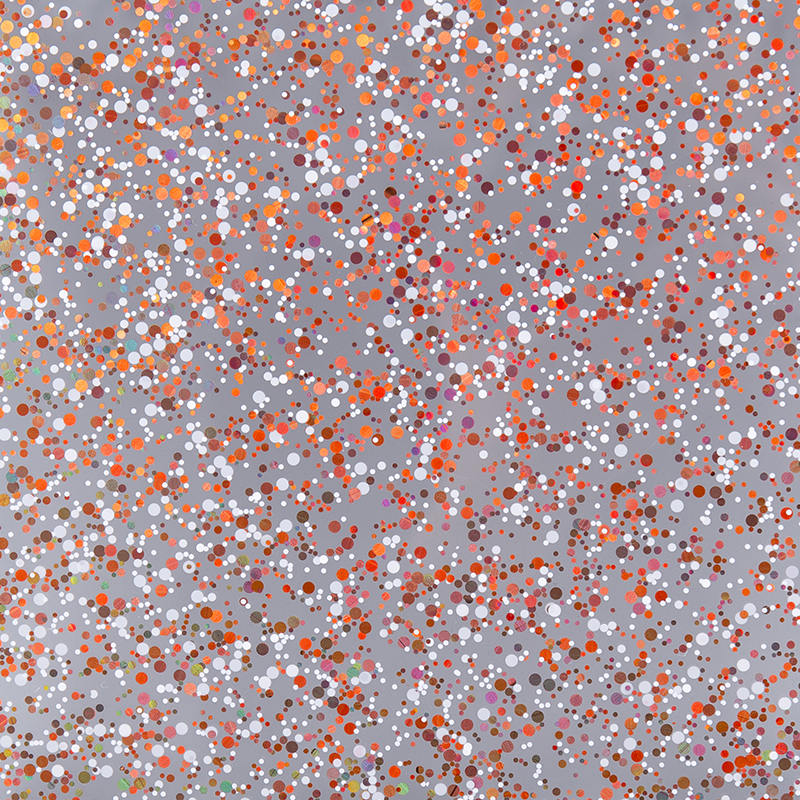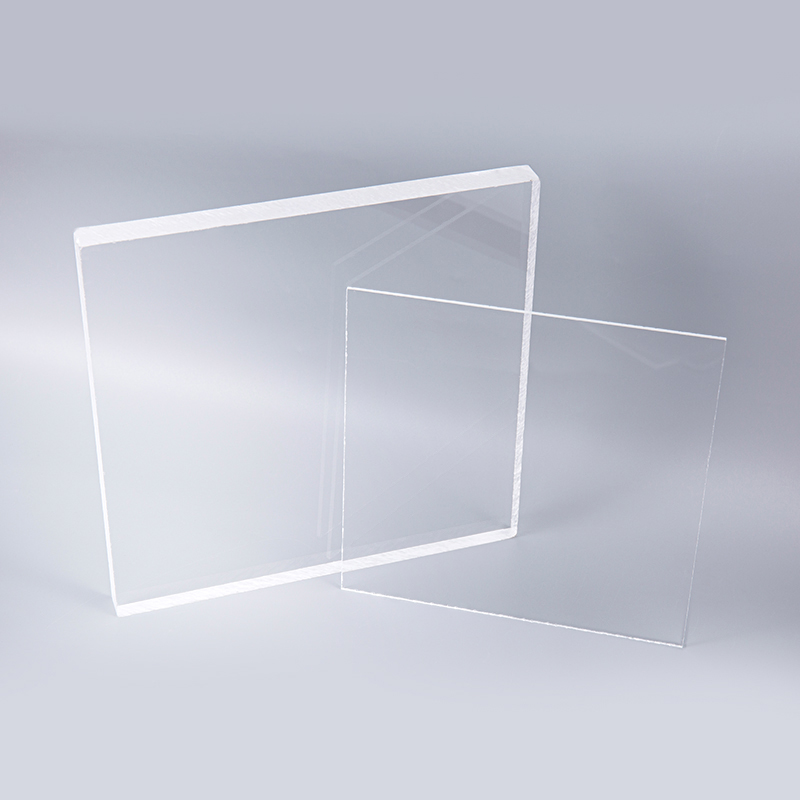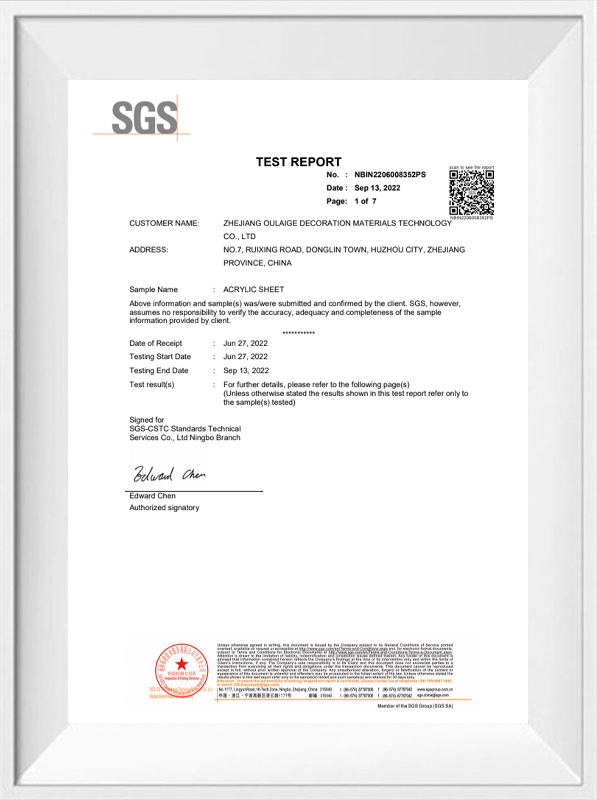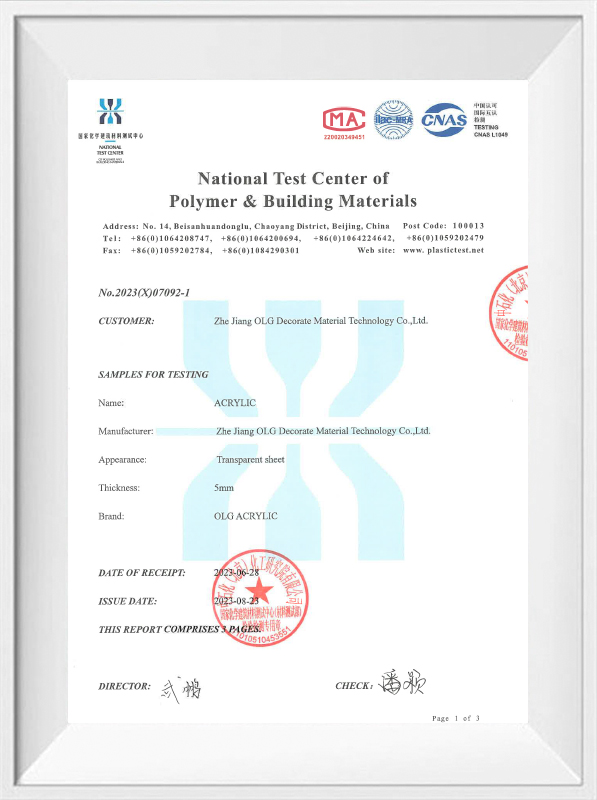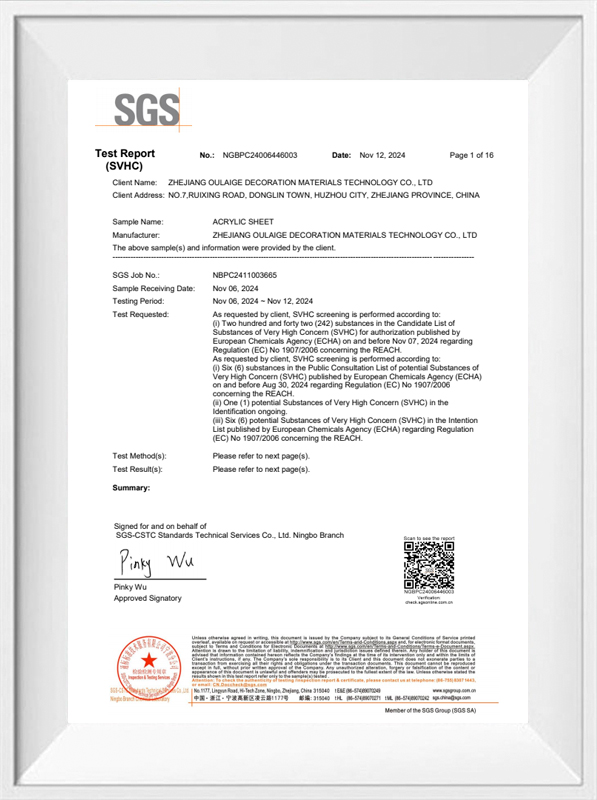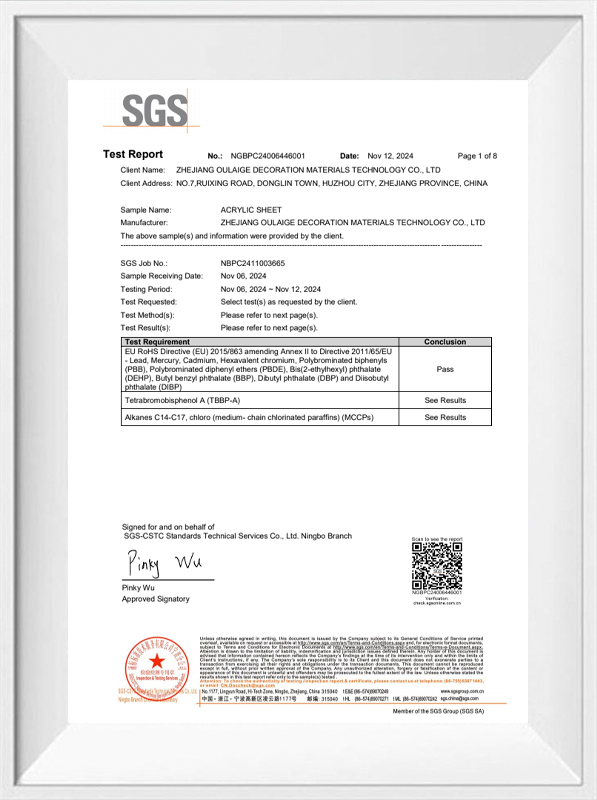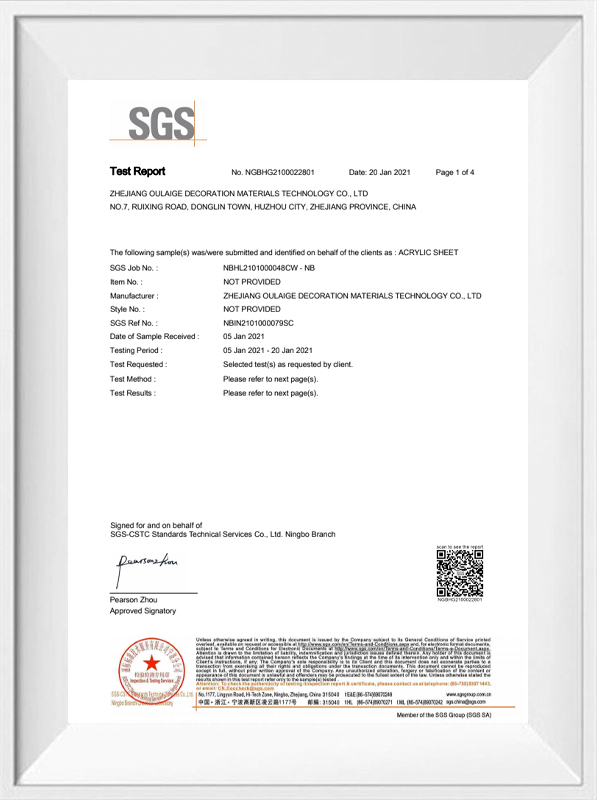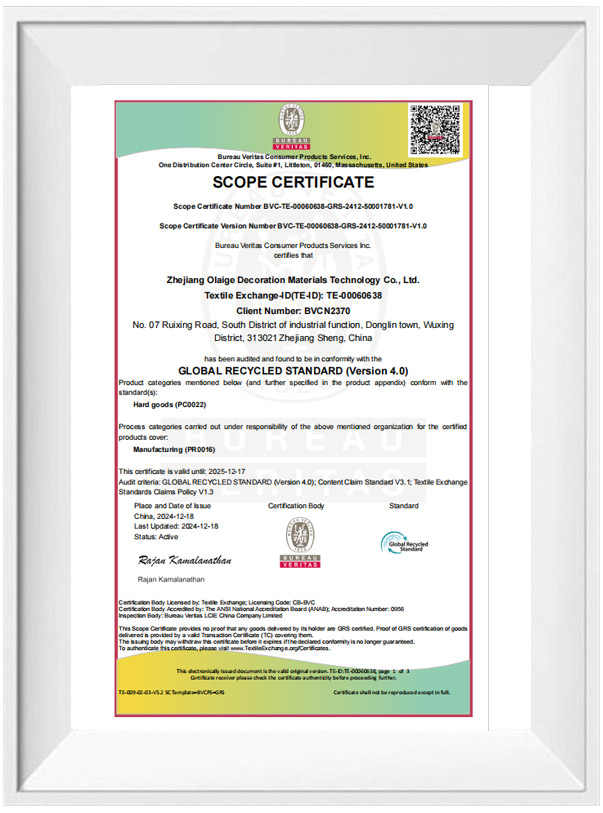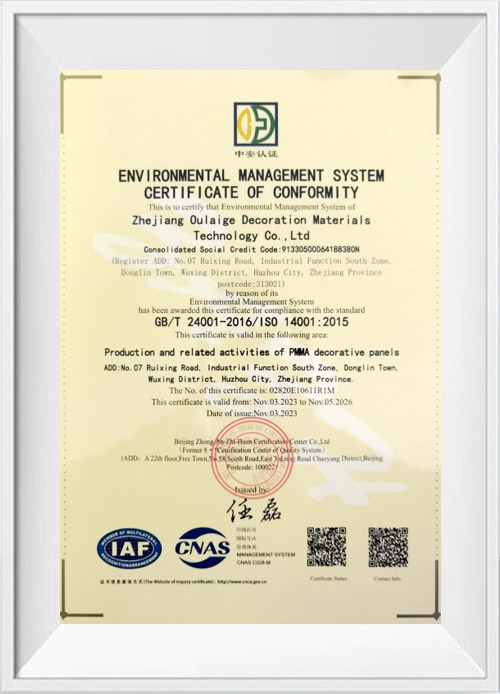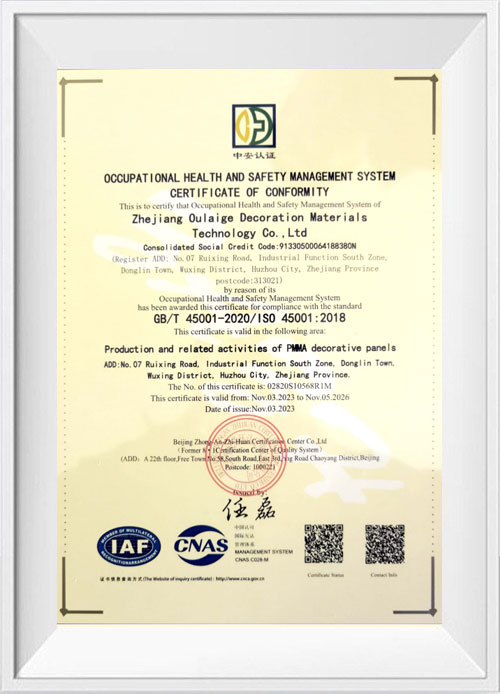How are multi-layered patterned glitter colorful acrylic sheets laminated? What kind of glue or process is used to ensure a firm bond between layers?
Preparation before lamination
Material selection: For multi-layered patterned glitter colorful acrylic sheets, high-quality acrylic sheets should be used as the base material. Hangzhou Oleg International Trade Co., Ltd prepares transparent acrylic layer materials containing tiny colored glitters according to design requirements, as well as other functional acrylic materials that may be used for the middle or bottom layers, such as acrylic with different colors, transparency or special optical properties.
Surface treatment: Before lamination, the surface of the acrylic sheet needs to be treated to improve the adhesion of the surface. Common treatment methods include chemical treatment, physical grinding, etc. Chemical treatment can use specific detergents or surfactants to remove impurities such as oil, dust, etc. on the surface of the sheet, while making the surface active, which is conducive to the subsequent adhesion of glue. Physical grinding is to roughen the surface of the sheet mechanically, increase the surface area, thereby increasing the contact area between the glue and the sheet and enhancing the bonding force. For example, you can use sandpaper or a grinder to lightly polish the surface of the acrylic sheet, but be careful to avoid excessive polishing that will cause uneven surfaces or damage to the sheet.
Composite process
Glue selection: Choosing the right glue is the key to ensuring the firm bonding of multi-layer acrylic sheets. Generally speaking, the glues commonly used for bonding acrylic sheets include acrylic glues, silicone glues, and epoxy resin glues. Acrylic glues have the advantages of fast curing speed, high bonding strength, and good transparency. They can achieve initial fixation and rapid positioning of acrylic sheets in a relatively short time, and are suitable for parts that require rapid prototyping in multi-layer structures. Silicone glues have good flexibility and weather resistance, can adapt to the thermal expansion and contraction of acrylic sheets under different environmental conditions, and reduce interlayer cracking caused by temperature changes. They are often used in outdoor applications or products that require high weather resistance or long-term use. Epoxy resin glue has extremely high bonding strength, good bonding performance for various materials, and good chemical corrosion resistance and insulation performance. It is suitable for multi-layer acrylic sheet composites with high requirements for structural strength and stability. During the production process, Hangzhou Oleg International Trade Co., Ltd will select appropriate glue or glue combination to ensure a firm bond between layers according to the specific application scenarios and performance requirements of the product. For example, for multi-layer patterned flash color acrylic sheets used for decorative signs and event decorations, acrylate glue may be preferred to meet the requirements of rapid production and good visual effects; while for acrylic sheet composites in outdoor lighting fixtures and LED panels, silicone glue or epoxy resin glue may be considered to ensure long-term stability and reliability.
Gluing method: After determining the glue, it is necessary to use a suitable glue coating method to evenly apply the glue on the surface of the acrylic sheet. Common glue coating methods include brushing, spraying, scraping and rolling. Brushing is a simple and easy method, suitable for gluing small areas or irregularly shaped boards, but it may cause uneven glue application and affect the bonding effect. Spraying can achieve a more uniform distribution of glue, which is suitable for gluing large areas of boards, but it requires professional spraying equipment and operating skills, and attention should be paid to controlling the pressure, flow rate and distance of the spraying to avoid excessive spraying or sagging of the glue. Scraping and rolling are commonly used gluing methods on some automated production lines. By using a scraper or roller to evenly apply glue on the surface of the board, the amount and thickness of the glue can be accurately controlled to improve production efficiency and bonding quality. In the composite of multi-layer structured patterned flash color acrylic boards, the appropriate gluing method is usually selected according to the size, shape and production scale of the board. For example, for acrylic boards with a standard size of 1250 x 2450 mm, automated scraping or rolling equipment may be used for gluing in large-scale production to ensure the uniformity and consistency of the glue; while for some small-sized customized products or sample production, spraying or brushing may be used for flexible operation.
Compounding operation: After the glue is applied, the prepared layers of acrylic sheets are precisely aligned and compounded according to the design requirements. For acrylic sheets with patterned flash color layers, it is necessary to ensure that the color glitter is evenly distributed and the pattern meets the design requirements. During the compounding process, a certain amount of pressure needs to be applied so that the glue can fully fill the gaps between the layers and exclude air bubbles to ensure the tightness of the bonding. The pressure can be applied by mechanical pressure, vacuum pressure or hot pressing. Mechanical pressure is to apply uniform pressure to the composite sheet by using a press or clamp to make the layers fit tightly. Vacuum pressure is to use atmospheric pressure to press the sheets together under a vacuum environment. This method can effectively exclude the air between the layers and improve the bonding quality. Hot pressing is to heat the sheet while applying pressure to accelerate the curing process of the glue and improve the bonding strength. However, hot pressing requires the control of temperature and pressure parameters to avoid deformation of the acrylic sheet or aging of the glue due to excessive temperature. In actual production, Hangzhou Oleg International Trade Co., Ltd will select the appropriate lamination pressure and method according to the characteristics of the glue, the material and thickness of the acrylic sheet, and the quality requirements of the product. For example, for thinner acrylic sheets (such as 2.7 mm to 5 mm thickness range), vacuum pressure or lower pressure mechanical pressure may be used for lamination to prevent deformation of the sheet; while for some products that require fast curing and high-strength bonding, hot pressing may be used, combined with precise temperature and pressure control to achieve a good lamination effect.
Curing and post-processing
Curing process: After the lamination is completed, the glue needs to be cured to achieve the final bonding strength. Different types of glue have different curing methods and times. Acrylic glues can usually cure quickly at room temperature, generally reaching a high bonding strength within minutes to hours, but in order to ensure that the glue is fully cured, it may need to be left for a period of time (such as about 24 hours). The curing time of silicone glue and epoxy resin glue is relatively long, and it may be necessary to cure under certain temperature and humidity conditions, such as baking in an oven at 50-80℃ for several hours or even longer. The specific curing conditions should be determined according to the formula of the glue and the product requirements. During the curing process, the environment should be kept clean and stable to avoid dust, vibration and other factors that affect the bonding effect.
Post-processing: After the curing is completed, the composite multi-layer patterned glitter colorful acrylic sheet needs to be post-processed to improve the quality and performance of the product. The post-processing process includes edge trimming, surface polishing, quality inspection and other links. Edge trimming is to flatten the edge of the composite sheet by cutting or grinding, remove excess glue and burrs, and make the product's dimensional accuracy and appearance quality meet the requirements. Surface polishing is to finely grind and polish the surface of the sheet to restore its brightness and smoothness, especially for acrylic sheets with glossy surface treatment, to ensure that there are no scratches, bubbles and other defects on the surface to achieve a good visual effect. Quality inspection is an important part of the post-processing process. Through visual inspection, optical inspection, mechanical property testing and other methods, the appearance, bonding strength, transparency, color uniformity and other indicators of the composite board are tested to ensure that the product meets the relevant standards and customer requirements. For unqualified products detected, timely analysis and processing should be carried out to find out the reasons and take corresponding improvement measures to avoid similar problems in subsequent production.






